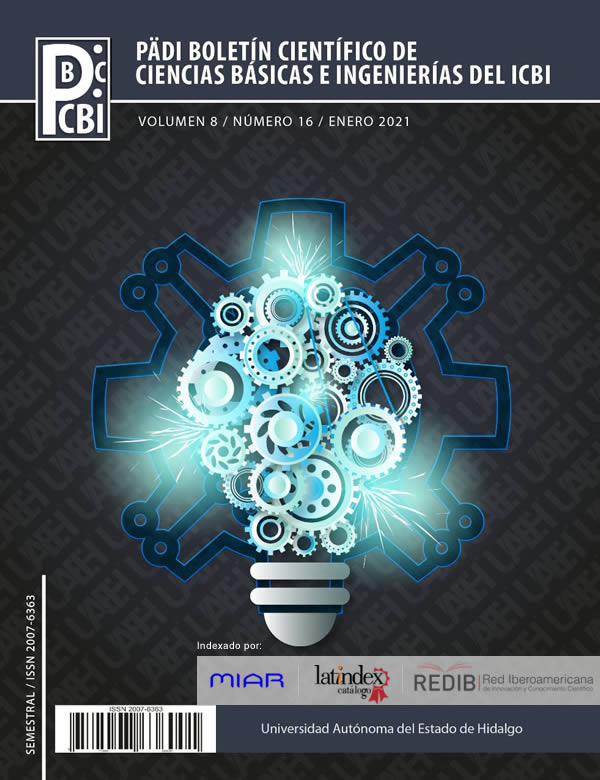Metabolic status in rats under time restricted feeding protocols
Abstract
Circadian rhythms are 24-hour cycles that influence different physiological process. These rhythms are synchronized to environmental stimuli such as light-darkness and fasting-refeeding cycles. The timely food access regulates the metabolic rhythmicity by the communication among the brain and peripheral organs leading to food anticipatory behaviour to benefit from the nutrients and accomplish homeostasis. However, it does not know whether time restricted feeding synchronizes metabolic rhythms only in the presence of a metabolic challenge, such as calorie restriction. In the present study, we analysed metabolism indicators in rats under time restricted feeding protocols, that involved fasting-refeeding cycles accompanied by different levels of calorie restriction. Our results indicate that temporal restricted feeding resynchronizes metabolic rhythms independent of calorie intake.
Downloads
References
Asher G., Sassone C. P., 2015. Time for food: The intimate interplay between nutrition, metabolism, and the circadian clock. Cell 161, 84-92. DOI: 10.1016/j.cell.2015.03.015
Bass J., Lazar M. A., 2016. Circadian time signatures of fitness and disease. Science , 354, 994-999. DOI: DOI: 10.1126/science.aah4965
Bechtold D. A., Loudon A. S., 2013. Hypothalamic Clocks and Rhythms in Feeding Behaviour. Cell, 36, 74-82. DOI: doi.org/10.1016/j.tins.2012.12.007
Carneiro B.T., Araujo J.F., 2012. Food entrainment: major and recent findings. frontiers in Behavioral Neuroscience, 6:83, 1-6. DOI: 10.3389/fnbeh.2012.00083
Challet E., 2019. The circadian regulation of food intake . Nature Reviews Endocrinology , 15, 393–405. DOI: 10.1038/s41574-019-0210-x
Escobar C., Martínez M. T., Ángeles M., Mendoza J. Y., 2001. El alimento como sincronizador de los ritmos biológico: su relevancia para la identificación de un oscilador circadiano. Revista de la Facultad de Medicina UNAM, 44 No. 2, 58-62.
Klein D.C., Moore R. Y., Reppert S. M., 1993. Suprachiasmatic nucleus: The mind's clock. Journal of the Neurological Sciences, 115, 123. DOI: 10.1016/0022-510X(93)90077-C
Marcheva B., Ramsey K.M., Peek C.B., Affinati A., Maury E., Bass J., 2013. Circadian Clocks and Metabolism. Handbook of Experimental Pharmacology, 217, 127-155. DOI: 10.1007/978-3-642-25950-0_6.
McClave S.A., Lowen C. C., Kleber M. J., McConnell J. W., Jung L. Y., Goldsmith L.J., 2003. Clinical use of the respiratory quotient obtained from indirect calorimetry. JPEN Journal of Parenteral and Enteral Nutrition, 27, 21-26. DOI: 10.1177/014860710302700121
Mendoza, J., 2009. Neurobiología del sistema circadiano: su encuentro con el metabolismo. Suma Psicológica, 16 No. 1, 85-95.
Mitchell S. J., Bernier M., Mattison J. A., Anderson R. M., Ingram D. K., 2018. Daily Fasting Improves Health and Survival in Male Mice Independent of Diet Composition and Calories. Cell Metabolism, 29, 221-228. DOI: 10.1016/j.cmet.2018.08.011
Panda S., 2016. Circadian physiology of metabolism. Science , 354, 1008-1015. DOI: 10.1126/science.aah4967
Quiroz O. G., 2015. Fundamentos del gasto energético. 14 abril, 2020, de Universidad Autónoma de Nuevo León Sitio web: http://eprints.uanl.mx/9370/1/Documento0.pdf
Schibler U., Gotic I., Saini C.,Gos P., Curie T., Emmenegger Y., Sinturel F., Gosselin P., Gerber A., Fleury-Olela F., Rando G., Demarque M., Franken P., 2015. Clock-Talk: Interactions between Central and Peripheral Circadian Oscillators in Mammals. Cold Spring Harbor Symposia on Quantitative Biology,, 80, 223-232. DOI: 10.1101/sqb.2015.80.027490
Tahara Y., Shibata S., 2013. Chronobiology and nutrition. Neuroscience, 253, 78-88. DOI: 10.1016/j.neuroscience.2013.08.049
Wang X.S., Armstrong M.,E., Cairns B.J., Key T.J., Travis R.,C., 2011. Shift work and chronic disease: the epidemiological evidence.. Occupational Medicine, 61, 78-89. DOI: 10.1093/occmed/kqr001
Weir, J.B.V., 1949. New methods for calculating metabolic rates with special reference to protein metabolism. Journal of Physiology 109, pp1–9. DOI: 10.1113/jphysiol.1949.sp004363













